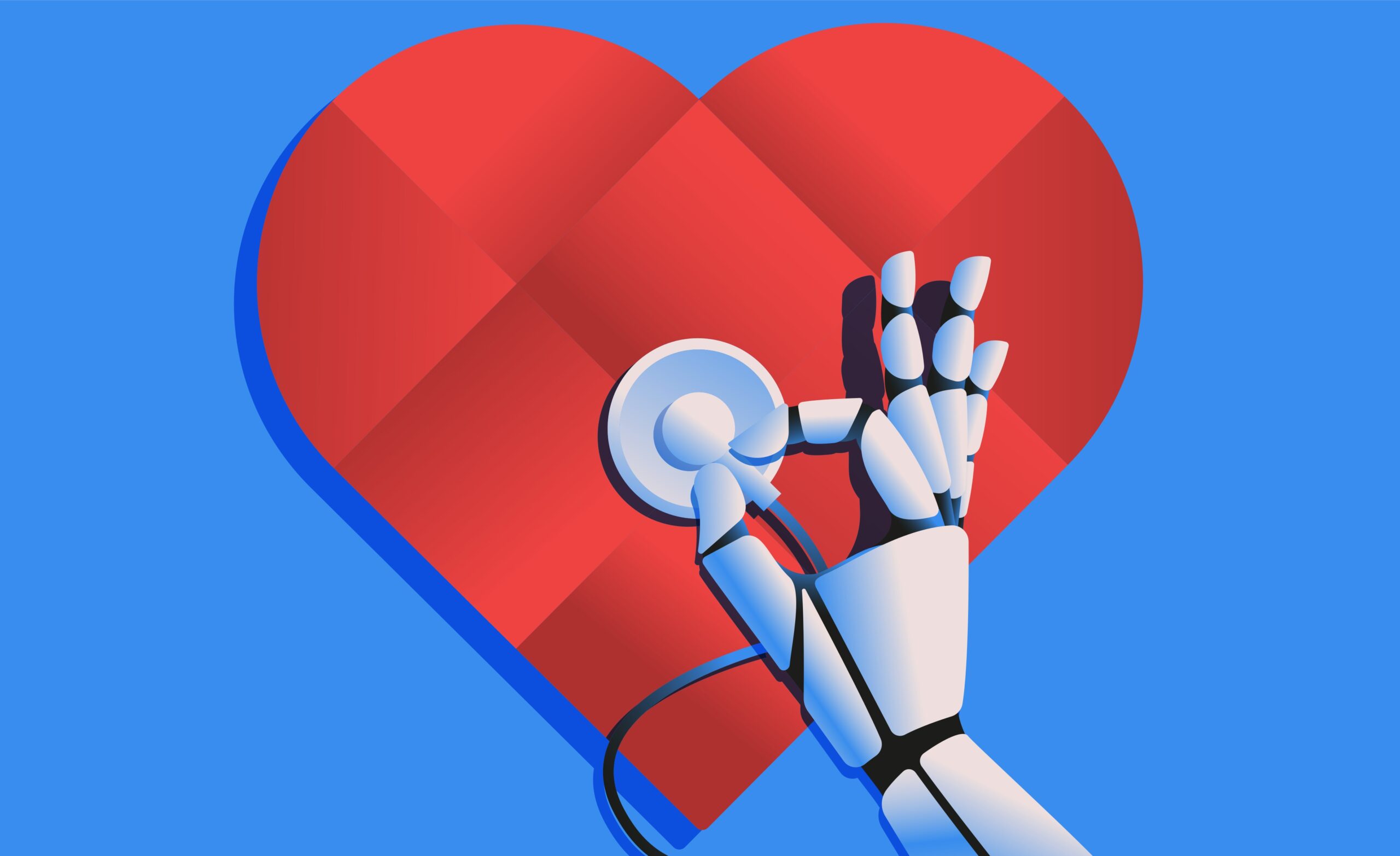
Today, A.I. is embedded in nearly everything we do, whether it’s household names like OpenAI to niche applications like cancer detection. Historically, healthcare has lagged in adopting new technologies, especially in care operations. That’s changing. Within the next five years, A.I. technologies available today are projected to generate between $24 billion and $48 billion in annual run-rate net savings for hospitals by streamlining administrative costs. However, past technological waves, such as robotic process automation (RPA), machine learning (ML), analytics and even the electronic health records (EHR), have not yielded commensurate results in productivity for health systems that other industries have seen.
After more than a decade working at the forefront of A.I.’s transformation for healthcare, we’re only beginning to see the significant influence of A.I. on the industry at large—how A.I. can improve patient care, staff burnout and health systems’ bottom lines. When I first encountered the U.S. healthcare system, it was clear how much of an opportunity there was to improve the patient and clinician experience through better data analysis. But it wasn’t until many years later that A.I.-powered solutions targeting care operations and efficiency started to gain traction.
With this shift underway, hospital leaders are asking new questions: How can we future-proof our investments in A.I. technology? How do we ensure we’re separating fleeting trends from lasting impact?
Advance beyond task automation to workflow transformation
During periods of excitement with A.I., many companies emerge with surface-level solutions to everyday problems. Software is moving from being deterministic to probabilistic. It’s easy to build a demo or have a ‘good enough’ feature with A.I. slapped onto it. Doing it well, however, takes deep problem intimacy—a detailed understanding of what a job really takes, including the corner cases.
Consider the recent proliferation of A.I. scribes. They’ve made valuable strides in clinical documentation, but their utility often ends there. This is akin to designing a vehicle that can only execute a single maneuver; it’s insufficient for completing a complex journey. Converting speech to text is now commoditized, but tailoring documentation workflows to the nuances of different specialties makes the difference.
The most significant opportunities for value creation lie not in automating a single task but in re-engineering an entire workflow. The operative question should shift from “How can A.I. document a clinical note?” to “How can A.I. intelligently manage the full downstream administrative cascade that follows a patient encounter?” This involves connecting documentation to orders, billing and future appointments in one seamless, intelligent process.
This distinction separates tactical tools from strategic solutions. A robust A.I. platform understands the broader “job to be done.” This does not mean removing humans from the process; rather, it elevates them. The A.I. manages rote, administrative functions, while the clinician remains in command of critical decision-making. If a vendor primarily focuses on task automation, its strategic vision is too limited.
Prioritize integration into existing workflows
Poor integration is one of the most significant barriers to transforming care workflows with A.I.. Adoption stalls when the technology disrupts existing processes or adds friction, especially if staff aren’t supported through the transition.
To drive meaningful change, A.I. must fit naturally into the tools and processes clinicians already use. Embedding the technology directly into the EHR minimizes disruption and increases the likelihood of sustained use. When clinicians experience how A.I. can reduce unwanted, below-license administrative tasks and save them time, they’re far more likely to embrace it.
At its core, A.I. in healthcare should be about designing solutions that solve real problems for staff. When staff understand the “why,” and feel the impact in their day-to-day work, they become champions for change, not just passive users. Better tools can even improve staff retention.
Get in at the ground level and stay agile
Healthcare has notoriously lagged in embracing new technologies. We’re at a turning point, similar to the early days of the Internet and iPhones. People were hesitant at first, but those who were early adopters gained lasting advantages. Today, those technologies are indispensable. With that in mind, health systems must get ahead of the game and collaborate closely with technology partners that can help challenge and adapt processes.
Just as important is maintaining a feedback loop. Regularly gather feedback from your frontline staff and assess how these A.I. tools are being used to see what, if anything, could be done differently. With these key learnings, you can be prepared to adapt and refine solutions, making them future-proof for the long run.
Empower your organization to embrace change
Change can be challenging, especially when it disrupts routines and introduces new operating mechanisms. But seeing real, positive outcomes can turn uncertainty into momentum. The end goal lies beyond just implementing A.I., but instead reimagining how healthcare is delivered, making it smarter, more efficient and more human.
As we look toward the next decade, the real measure of A.I.’s success in healthcare won’t be flashy headlines or short-term gains. It will be about how deeply and thoughtfully health systems have embedded it into the fabric of their care delivery and how it has impacted the staff embracing it. If done right, the healthcare organizations at the forefront of A.I. integration will continue to lead in staff satisfaction, quality of care and digital transformation for decades to come. After years of lagging behind in technology adoption, healthcare now has a rare opportunity—not just to catch up, but to leap ahead.
<




